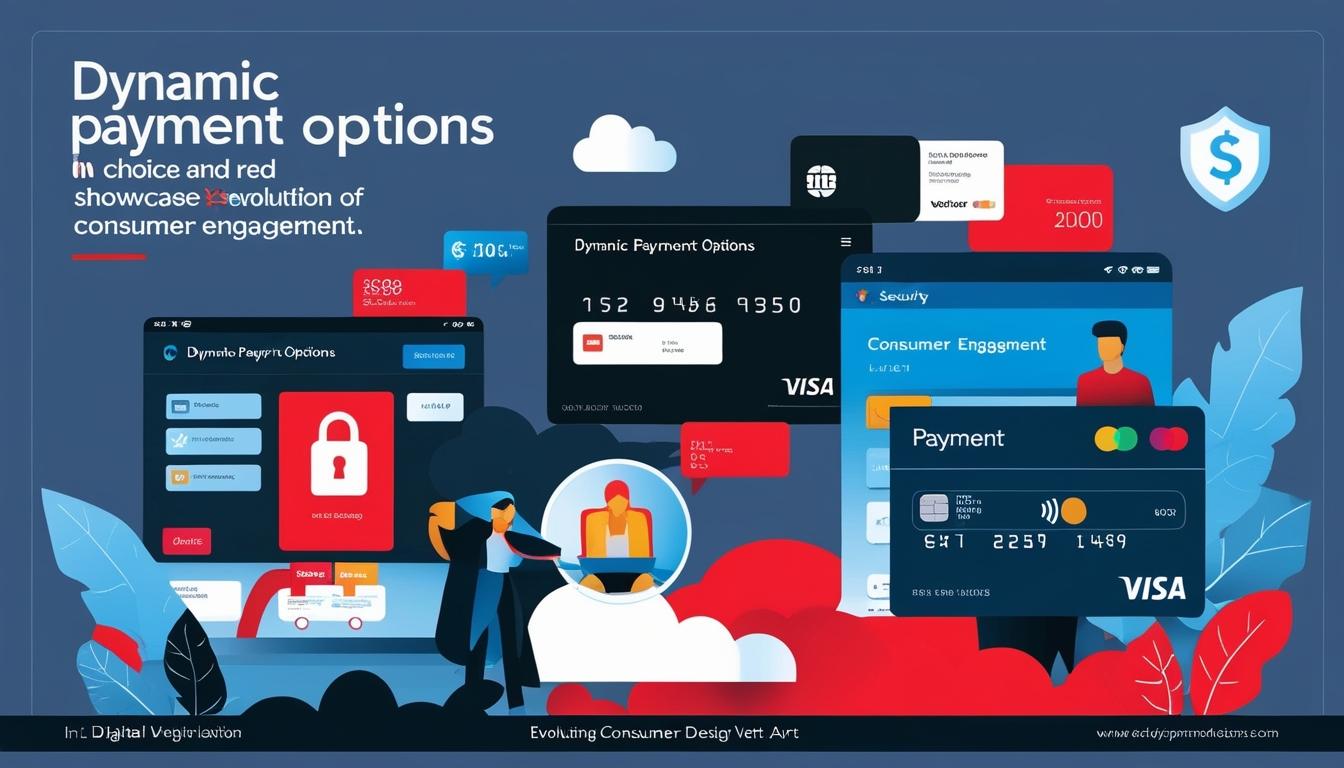As the landscape of commerce continues its rapid digital transformation, the optimisation of payment processes has emerged as a critical factor for businesses seeking to maintain their competitive edge. According to recent findings, the efficiency of payment systems can significantly influence customer loyalty and engagement, making it essential for both large corporations and small- to medium-sized businesses (SMBs) to adapt effectively.
Customers today expect a range of payment options that reflect their preferences. Research from PYMNTS Intelligence reveals that a substantial 70% of consumers regard the availability of their chosen payment methods as highly influential when deciding where to shop online. The findings suggest a stark contrast between online marketplaces and brand websites; 53% of respondents prefer online marketplaces for their payment options compared to just 22% who favour brand sites. This disparity points to a critical challenge for brands, as inadequate payment flexibility can lead to increased cart abandonment rates, which averaged eight instances per brand site over the past month, compared to seven for online marketplaces.
Moreover, consumer willingness to support SMBs remains strong, with 78% of customers indicating readiness to pay more at local businesses if they provide their preferred payment methods. This is particularly pronounced among younger consumers; 42% of Generation Z respondents and 29% of millennials emphasized that flexible payment options—including mobile wallets and contactless payments—are decisive factors in their shopping choices.
In parallel to this emphasis on choice, security concerns loom large in the realm of online transactions. The PYMNTS report highlights that 82% of U.S.-based eCommerce merchants engaged in international sales reported experiencing cyber or data breaches in the past year. Such breaches pose a dual threat to company revenue and customer retention, as nearly half of these businesses attributed customer loss directly to incidents of fraud. Robust security measures, such as two-factor authentication, have been noted as effective in enhancing customer satisfaction, with 93% of merchants observing positive outcomes from their implementation.
However, the challenge lies in striking an optimal balance between rigorous security measures and maintaining a seamless transaction experience. The frequency of false declines has become a growing concern, with 18% of consumers experiencing such issues over the past year. It was reported that 41% of affected customers stated that they would never return to a brand following a false decline, highlighting the potential reputational damage to businesses.
Convenience is yet another pillar in the pursuit of payment optimisation. Findings indicate that 51% of consumers consider convenience either the most or second-most important factor in their shopping decisions. This trend extends to the refund and returns process, wherein 96% of customers highlighted the need for straightforward procedures. A recent initiative from Worldpay has aimed to enhance this aspect by offering near-instant refunds for eligible returns, a move posited as a strategy to improve customer loyalty.
In particular, perks such as free shipping and innovative rewards structures are becoming increasingly valuable to consumers. Younger demographics, including Gen Z, express preferences for unique engagement methods such as flash sales accessed through mobile apps, rather than traditional cash-back rewards.
As the "three C's" of payments optimisation—choice, confidence, and convenience—gain prominence, businesses are advised to reassess their payment strategies. By prioritising a diverse array of payment options, robust fraud prevention systems, and consumer-friendly processes, companies can align with the evolving preferences of modern consumers and safeguard their future in a competitive marketplace.
Source: Noah Wire Services
